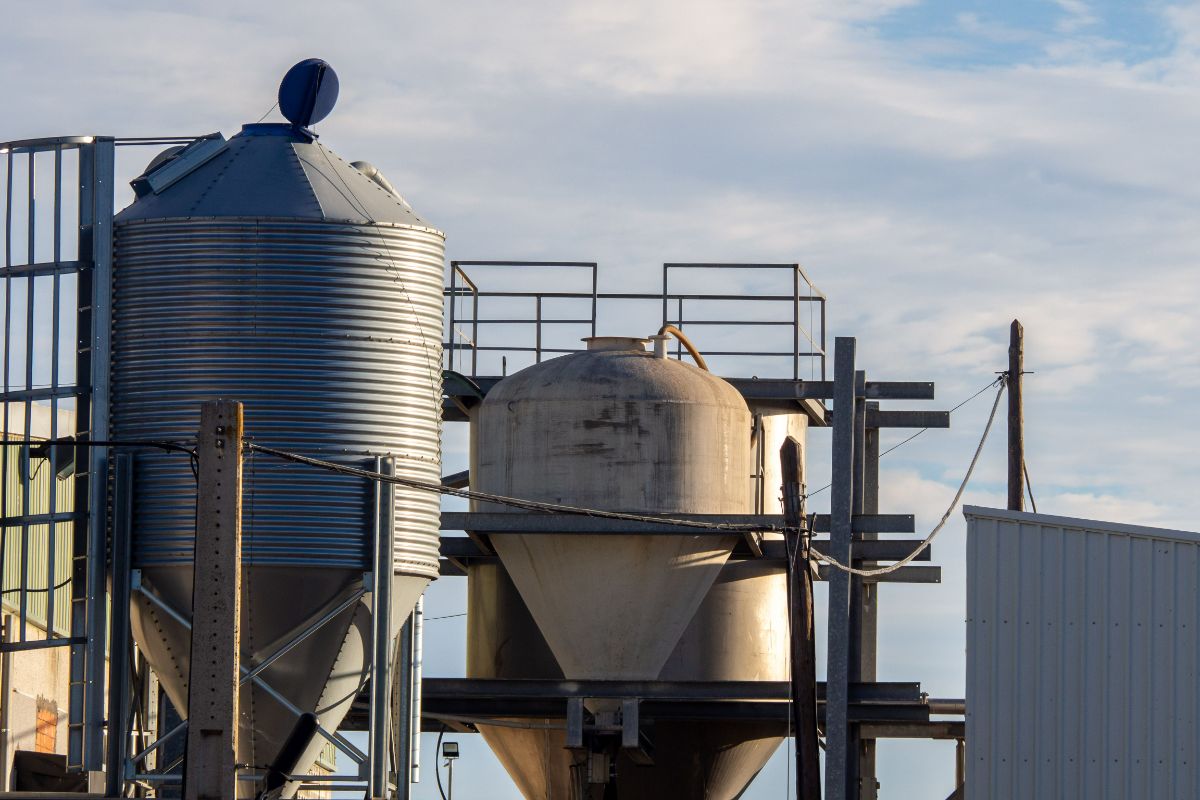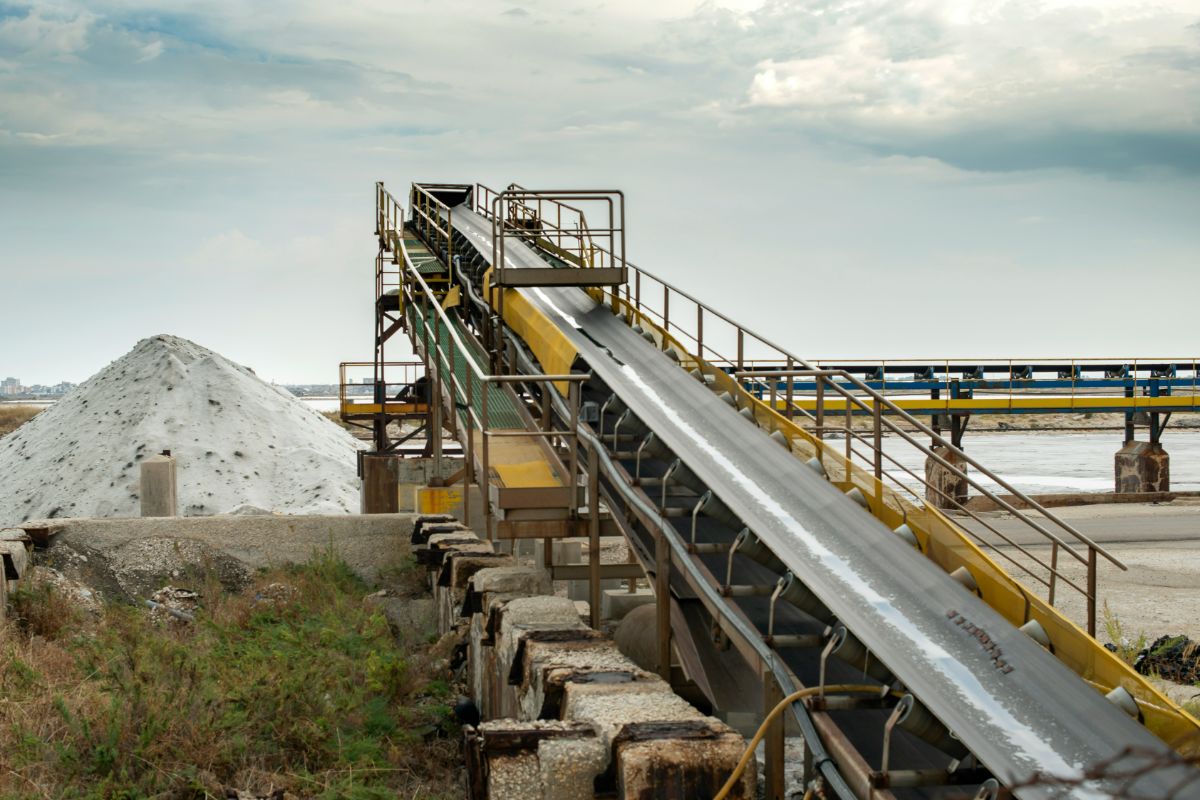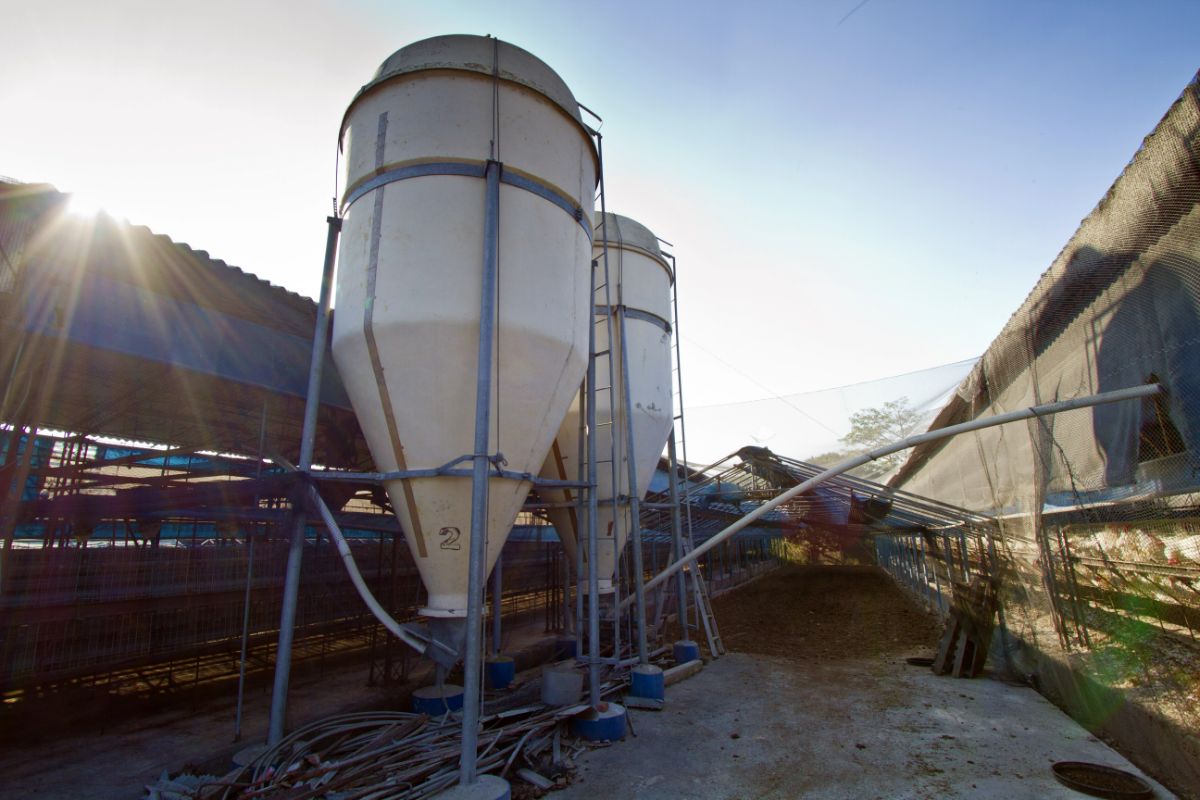

Overview
- This article delves into the critical components driving efficiency in batching plant equipment.
- It explores aggregate feeders that handle bulk materials with precision, weigh belt conveyors for continuous material weighing, cement silos facilitating bulk material storage, and screw conveyors for seamless material transport.
- Additionally, it examines water batching systems ensuring consistent mix quality and twin-shaft mixers optimizing concrete mixing processes.
Efficiency in concrete production hinges on the reliability and precision of batching plant equipment. These sophisticated systems are integral to achieving consistent quality in concrete mixes by meticulously controlling ingredient proportions and operational processes.
In this article, we explore the pivotal components that drive optimal efficiency in batching plant equipment. Understanding these empowers construction professionals to leverage cutting-edge equipment for seamless project execution, ensuring both productivity and quality in every concrete batch produced.
Aggregate feeders handle bulk aggregate materials within the processing and crushing systems. They are designed to transfer materials such as rocks, gravel, and sand to screens, hoppers, bins, and other equipment at controlled flow rates.
They ensure that materials are activated and kept moving to prevent blockages or jams, particularly with thicker or wet aggregates that require more vibration. Furthermore, these efficient feeders are known for high continuous output while consuming minimal power, tailored to various applications and operational needs within aggregate processing plants.

A weigh belt conveyor is a type of conveyor belt used to continuously weigh materials as they are transported from one point to another. It incorporates a weighing system composed of load cells or other weight-sensing devices integrated into the conveyor belt structure.
Its operation involves measuring the weight of material passing over it in real-time. This weight data is used for various purposes such as process control, inventory management, or batch blending in industries like food processing, mining, and manufacturing.
A cement silo is a large storage container that holds cement and other bulk materials such as fly ash or slag. These silos are used in construction sites, concrete plants, and other industrial applications where large quantities of cement need to be stored before being used in production. They are cylindrical with a cone or dome-shaped top facilitating the smooth flow of cement into the screw conveyor or other conveying systems.
A screw conveyor, on the other hand, is a mechanical device used to transport bulk materials horizontally or at a slight incline. It consists of a rotating helical screw blade, also known as an auger, enclosed within a cylindrical casing. As the screw rotates, it pushes materials forward, allowing for continuous and controlled movement. They are versatile and can handle various materials, including cement, grains, powders, and granular materials.

The water batching system ensures operational efficiency and maintains consistent mix quality. Unlike other ingredients measured by weight, water is metered by volume. This influences the strength, workability, and setting time of the final concrete product.
Here are the two primary water batching systems:
It incorporates a flow meter installed on the water line feeding into the mixer. The control system regulates the water flow duration to achieve the desired volume accurately. It is known for its simplicity and cost-effectiveness in water measurement.
It employs a controlled valve to fill the hopper to a predetermined weight, utilizing a dedicated weight hopper specifically for water. This ensures precise measurement. Although it is more costly than a flow meter, it provides the highest level of accuracy for critical concrete mixes.
Twin-shaft mixers feature two counter-rotating shafts equipped with specialized blades, enabling a three-stage mixing process that enhances efficiency and concrete quality.
The mixer blends dry ingredients like cement and aggregates. The counter-rotating shafts swiftly combine these components, ensuring thorough initial mixing.
As blending progresses, the focus shifts to achieving uniform distribution. The shafts continue rotating, ensuring all dry ingredients are evenly coated with cement particles for consistent mixing.
Once mixing is complete, the shafts work in tandem to efficiently discharge the concrete from the mixer drum. This process minimizes residual concrete in the drum, optimizing batch yield and usability.
With these pieces of batching plant equipment, your project can achieve a streamlined and efficient concrete production process. They help deliver precise ingredient measurement and handling to optimized mixing, ensuring consistent high-quality concrete production that meets project timelines and cost requirements.
At Big Ben, we understand the importance of efficiency and quality in concrete production. Our ready mix concretes are produced using state-of-the-art batching plants equipped with innovative equipment. This ensures every batch of concrete we deliver to your site is consistent, reliable, and meets the exact specifications of your project. Contact us today to get started!